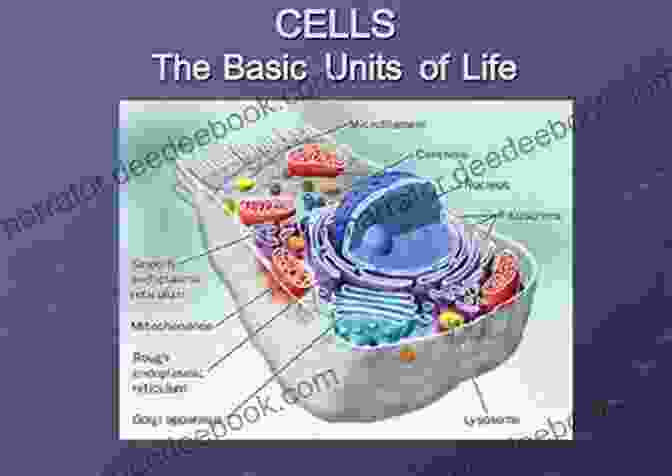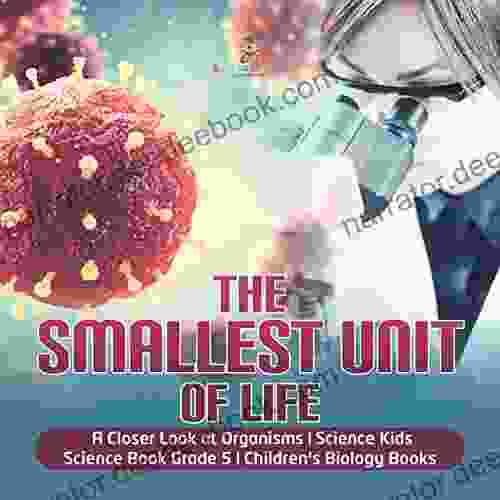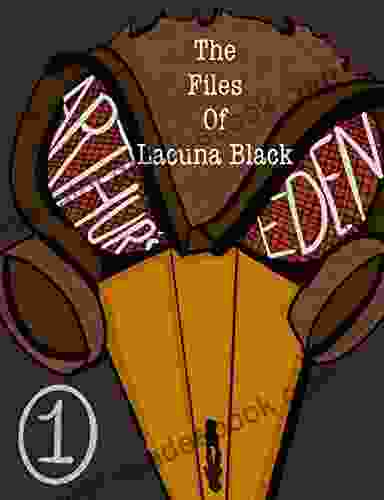The concept of the smallest unit of life has intrigued scientists and philosophers for centuries. The answer lies within the realm of biology, the study of living organisms. From the tiniest bacteria to the largest blue whale, all organisms share a fundamental building block: the cell.
What is a Cell?
A cell is the smallest unit of life that can exist independently. It is the basic structural, functional, and biological unit of all known living organisms. Cells can be classified into two broad categories based on their complexity:
- Prokaryotic Cells: These are relatively simple cells that lack a nucleus or any other membrane-bound organelles. Bacteria are examples of prokaryotic cells.
- Eukaryotic Cells: These are more complex cells that have a nucleus surrounded by a nuclear membrane and various other membrane-bound organelles. Animals, plants, and fungi are examples of eukaryotic cells.
Diversity of Organisms
The world of organisms is incredibly diverse, ranging from microscopic entities to massive creatures that inhabit various environments on Earth. Biologists have classified organisms into different groups based on their shared characteristics and evolutionary relationships. The major groups of organisms include:
- Bacteria: Prokaryotic, single-celled organisms that can live in a wide range of environments.
- Viruses: Non-cellular entities that consist of genetic material enclosed in a protein coat. They can only replicate inside host cells.
- Fungi: Eukaryotic, heterotrophic organisms that absorb nutrients from their surroundings. Mushrooms, molds, and yeasts are examples of fungi.
- Protists: A diverse group of eukaryotic, mostly single-celled organisms that exhibit a wide range of characteristics. Amoebas, paramecia, and algae are examples of protists.
- Plants: Eukaryotic, multicellular organisms that can photosynthesize and produce their own food.
- Animals: Eukaryotic, multicellular organisms that are heterotrophic and cannot photosynthesize.
Importance of the Smallest Unit of Life
The smallest unit of life, the cell, plays a vital role in the functioning of all living organisms. Cells are responsible for:
- Growth and Development: Cells divide and multiply to allow organisms to grow and develop.
- Metabolism: Cells perform various chemical reactions to obtain energy and carry out life processes.
- Reproduction: Cells divide to create new cells, including gametes (sex cells) for reproduction.
- Communication: Cells communicate with each other and respond to environmental signals through cell signaling pathways.
- Genetic Information: Cells carry genetic information in the form of DNA, which governs their characteristics and functions.
The smallest unit of life, the cell, is a fascinating and complex entity that underpins the existence of all organisms on Earth. Through ongoing research and advancements in microscopy techniques, scientists continue to unravel the intricate workings of cells and their role in shaping the diversity of life on our planet. Understanding the smallest unit of life provides us with a deeper appreciation for the fundamental principles of biology and the interconnectedness of all living things.






























































































